Five Questions with Brian Vernor | From Pure, Sweet Hell to The Cyclocross Meeting and beyond
I don't know where to begin. Insane jealousy maybe at his ability to capture what we all see and feel in still and moving celluloid as cyclocrossers. Or maybe it's his ability to keep focused on the true core of who we are, what we do and most importantly why we do it weekend in and out. I'm speaking about Brian Vernor, photographer, videographer and historian of what will become 'our time' in cyclocross here in the United States.
 In 2005 I was invited to see a debut of his movie here in Boulder, only a year after I'd left the Bay Area. What I saw was...well...a big part of my life actually. Pure Sweet Hell, Brian's break through movie captured so much of our 2003 racing season in beautiful film, it's a special keepsake for me. Seeing how Brian has evolved both in video and in his amazing still photography blows me away...shot quite often without all the fan-dangled digital apparatus that hacks like me rely upon. Instead Brian relies upon methods from yesteryear with good old film and true artistry in knowing how to operate f-stops, aperture and lighting.
In 2005 I was invited to see a debut of his movie here in Boulder, only a year after I'd left the Bay Area. What I saw was...well...a big part of my life actually. Pure Sweet Hell, Brian's break through movie captured so much of our 2003 racing season in beautiful film, it's a special keepsake for me. Seeing how Brian has evolved both in video and in his amazing still photography blows me away...shot quite often without all the fan-dangled digital apparatus that hacks like me rely upon. Instead Brian relies upon methods from yesteryear with good old film and true artistry in knowing how to operate f-stops, aperture and lighting.
At the 'cross Nationals in Bend in December, folks will be lining up to see the debut of his new movie, The Cyclocross Meeting. It will be obvious after seeing it how Brian will help you relive what we do and why we do it. I wanted most importantly to give people a better lens into Brian and what he does for our sport. I've also peppered the post with some imagery from Brian to whet your appetites.And without further adieu, Five Questions With: Brian Vernor.
1) Brian, you are a crosser and only a crosser can appreciate the depths we go through in our minds bodies and souls on any given weekend. Your media reflects this (photos and video). Tell me about how you got into 'cross, those that inspired you and what you love about our sport.
me about how you got into 'cross, those that inspired you and what you love about our sport.
Growing up in Santa Cruz, CA I was exposed to mountain biking very young. Since my friend Justin Robinson was racing (on the Yeti Cycles team), I learned about racing, and this extended to cyclocross with the Surf City CX Series (the longest continually running series in the US). Some of the first races I attended were only two blocks from my house, so it seemed like not that much effort to do it in the first place. When something is accessible like that you don’t have to justify it with great ambitions, you just do it because if you weren’t racing you’d be riding some trails anyway. I think races were $8 for juniors. This was 1993. I went to the Nationals that year as a junior, in Tuolumne, CA, and I saw one of the greatest last lap battles in US cross nats history, which was between Don Myrah and 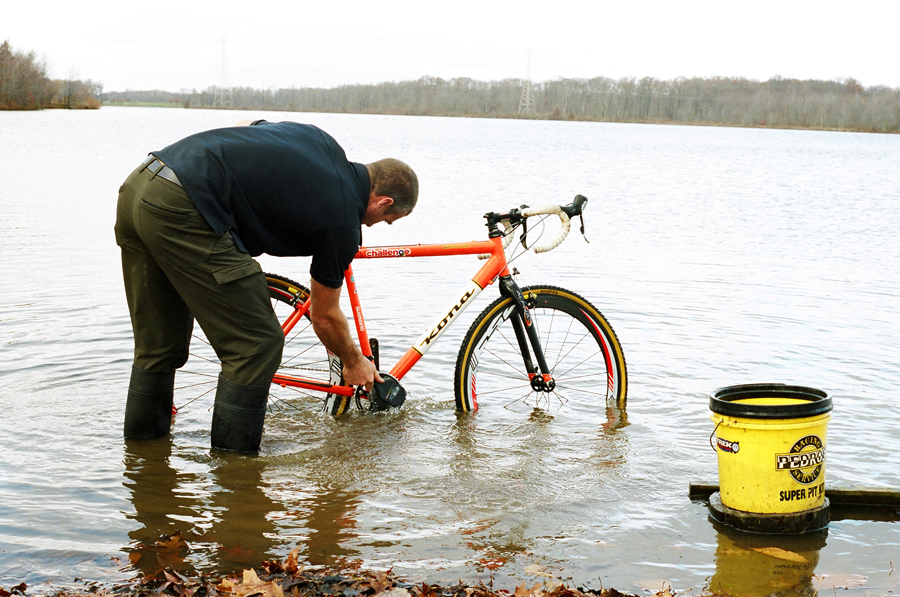 Peter Webber. There were only about a hundred people watching but still there was so much energy following that race. Having that public display of suffering and potential failure is a huge part of the racing for me. I don’t get nearly as excited for forms of racing where the individual racer’s breaking point is not absolutely going to be witnessed.
Peter Webber. There were only about a hundred people watching but still there was so much energy following that race. Having that public display of suffering and potential failure is a huge part of the racing for me. I don’t get nearly as excited for forms of racing where the individual racer’s breaking point is not absolutely going to be witnessed.
2) Your Pure Sweet Hell was a break through for our family of crossers. It was perfect (and so much of our racing in Santa Cruz/Bay Area was captured in 2003 in that film! Such great memories!). Tell us about that film and the struggle to put it together. The results are astounding...but the path there was invariably hard. What were your greatest challenges?
Pure Sweet Hell was only a struggle to make once the heart of the editing was happening. Until that point I had never made a film over five minutes in length, and assembling a film about something we cared so much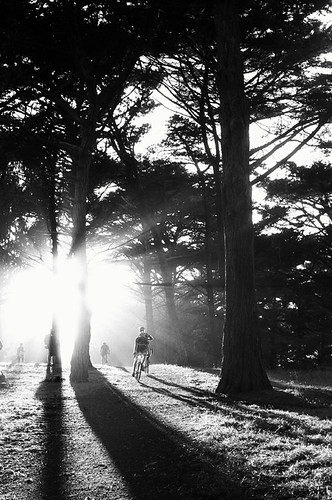 about was painful. I just pictured it failing so many times. The worst would have been people just shrugging and not really caring about it. Some people have pretty strong opinions about PSH which is the best way to have it, whether they are good or bad opinions doesn’t really matter because there are both perspectives out there. When we started filming we had a totally lame idea of what the film would be (kind of Hoop Dreams on bikes), and if there was a struggle, it was in finding a way to make only what mattered to us come through in the film. It is really not easier now than it was then, though now I have a little less anxiety about not finding the way.
about was painful. I just pictured it failing so many times. The worst would have been people just shrugging and not really caring about it. Some people have pretty strong opinions about PSH which is the best way to have it, whether they are good or bad opinions doesn’t really matter because there are both perspectives out there. When we started filming we had a totally lame idea of what the film would be (kind of Hoop Dreams on bikes), and if there was a struggle, it was in finding a way to make only what mattered to us come through in the film. It is really not easier now than it was then, though now I have a little less anxiety about not finding the way.
3) Your eye captures inexplicable beauty...frozen in time...for us all to appreciate and smile about. What to you prefer most? Shooting still or shooting motion?
That is really strong praise, thank you. I like when I succeed at accomplishing my own standard of beauty, whether with stills or motion. Both formats I use hoping to achieve a similar result depending on what is appropriate. I’m not a gear-head, the equipment is not enjoyable in and of itself, so I have to care about the communication that is the result of the image.
4) Tell us about the Bay Area 'cross scene. The mafia out there is so core (and I miss them dearly!). Rick Hunter, Paul Sadoff, Justin Robinson...so many! What encapsulates the Bay Area cross scene in a paragraph?
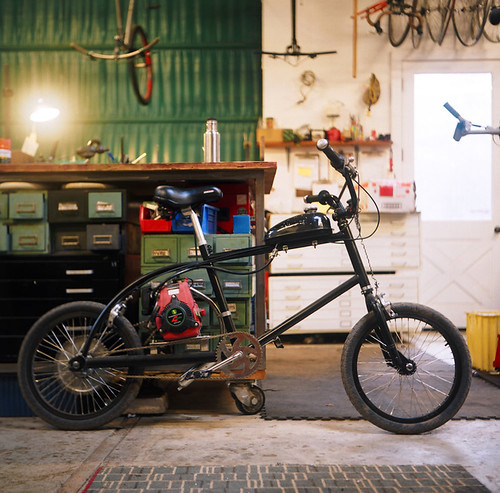 The Northern California cross scene is stubborn. There are very strong ties to and awareness of the history of the sport here. There is a reluctance to accept a new direction defined from outside this region. That means our races are focused on the atmosphere as much as the racing, and the ideal is founded on our past and present community, not some inflated view of Belgium, or Eurocross, or something the racing here never was or will be. The racing in Europe is amazing and the character of the race scene is unique from the US. That is a good thing. I think it is fine that cross develops in unique ways in each region. As a documenter I want to be honest about what those unique qualities are and focus on them. The guy wearing Belgian blue, eating frites and drinking a Chimay is not that interesting to me unless I’m in Middlekerke, Belgium.
The Northern California cross scene is stubborn. There are very strong ties to and awareness of the history of the sport here. There is a reluctance to accept a new direction defined from outside this region. That means our races are focused on the atmosphere as much as the racing, and the ideal is founded on our past and present community, not some inflated view of Belgium, or Eurocross, or something the racing here never was or will be. The racing in Europe is amazing and the character of the race scene is unique from the US. That is a good thing. I think it is fine that cross develops in unique ways in each region. As a documenter I want to be honest about what those unique qualities are and focus on them. The guy wearing Belgian blue, eating frites and drinking a Chimay is not that interesting to me unless I’m in Middlekerke, Belgium.
Northern California promoters have given the middle finger to USA Cycling and I don’t see anyone here anxious to jump into the UCI affiliated races game, but it will happen again due to a sense of responsibility to the regional racers with national ambitions. I do think this would be good for our community regardless of the hassles.
5) Everyone is amped to see "The Cyclocross Meeting" in Bend at Nats! Newt and Wicks get their (more than) 15 minutes in this one. What a unique vantage point to take...'crossing in Japan. Tell us about this movie and what the greatest challenges were in making it. And what was the craziest thing you saw in Japan (besides anyone rocking SRAM...).
The Cyclocross Meeting is about expanding your own community via cyclocross. It is amazing that we can go to Japan and find that we are passionate about the same thing as people we’ve never met, and who come 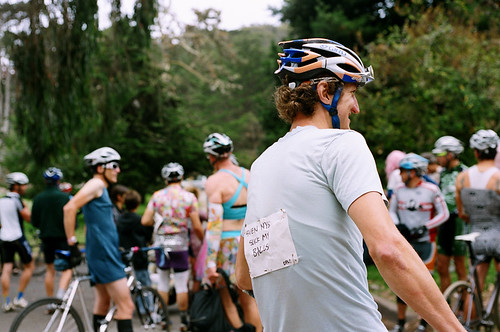
from a completely different reference point. I mean, we’re so lucky that we’re involved in something that universally brings joy to people. That said, it’s also about going really fast. I wanted to mostly focus on Elite racing, both as an update of where the US scene is at the highest level, and then as a comparison to an emerging scene. Pure Sweet Hell was about the whole scene, pro and amateur, and I didn’t want to show the same thing. I also find that really fast people are much more compelling to watch, unless a slow rider is crashing, puking, or trying to drink a beer while running in ankle deep mud (I’m sure someone is filming SSWCCX).
Japan is a crazy experience the moment you leave the airport. To see an industrialized country with such different priorities of space compared to our own to inspiring. It is very isolated in some ways while also obsessively studying outside cultures, but Japan does everything it’s own way. Respect.
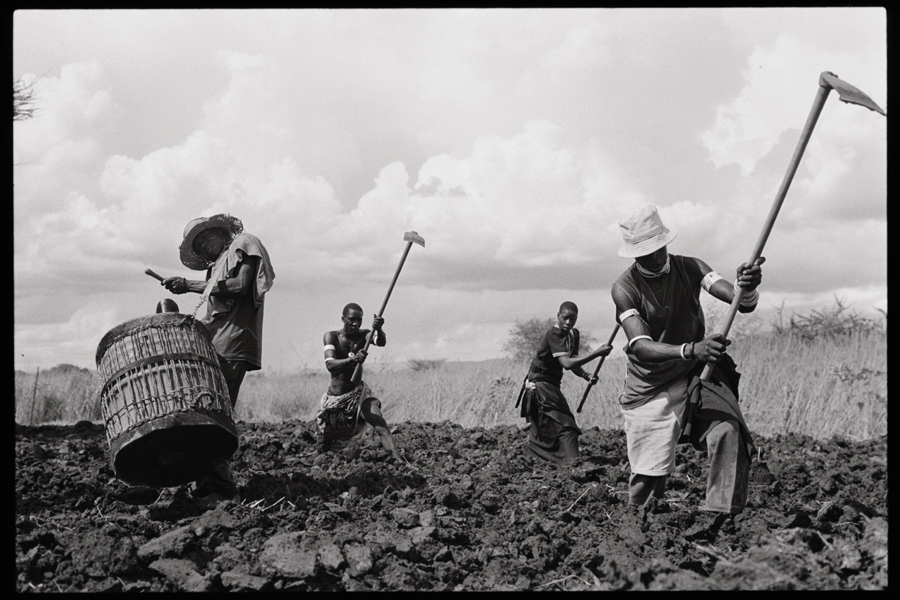


 Sunday, November 8, 2009 at 9:23PM
Sunday, November 8, 2009 at 9:23PM